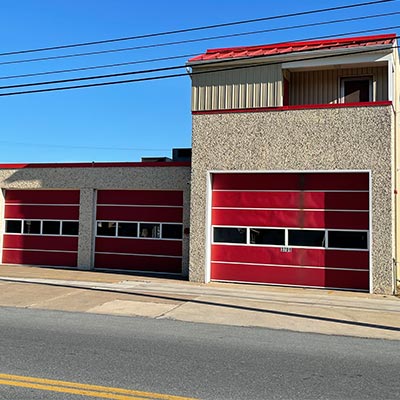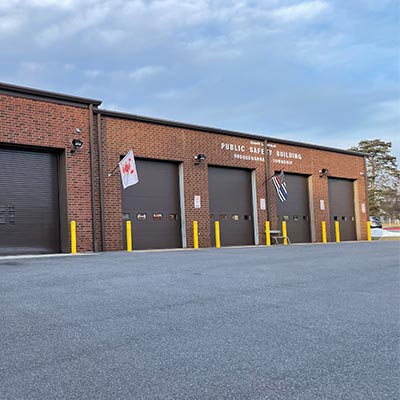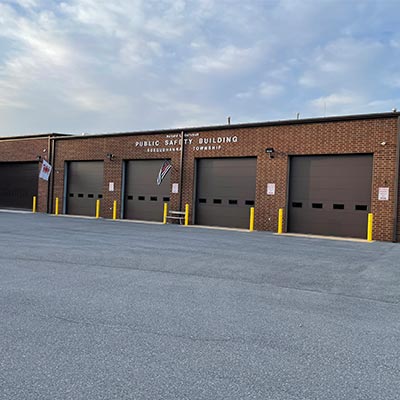Serving Susquehanna Township Since 1950
Rescue Fire Company is an all volunteer organization dedicated to the safety of the community and protection of public property. With the dedication of over 50 members, we provide fire supression, technical rescue, and emergency medical services out of two fire stations.
Want to Join?


